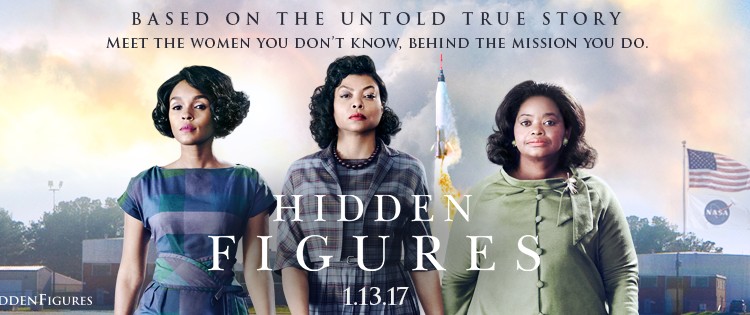Diversifying the Academy : #OscarsLessWhiteButStillNotAccuratelyRepresentative
20th Century Fox
Although more representation at the Oscars in movies featuring actors of color or directed by people of color is apparent, some people feel this does not necessarily resolve the diversity issue Hollywood faces.
As the 2017 Academy Awards creep around the corner, the question of diversity will undoubtedly pose greater implications for the future of film. Though this year may not garner the Twitter hashtag #OscarsSoWhite, a hashtag such as #OscarsLessWhiteButStillNotAccuratelyRepresentative would be just as appropriate.
Tying with the number of nonwhite acting nominations in 2007, there are seven nonwhite acting nominations for this year: Viola Davis and Denzel Washington for “Fences,” Ruth Negga for “Loving,” Dev Patel for “Lion,” Naomie Harris for “Moonlight,” Mahershala Ali for “Moonlight” and Octavia Spencer for “Hidden Figures.” Six of the seven actors are black, and one is Asian. In 2015 and 2016, only white actors were nominated. Of course, the number of Latino and Asian nominations for all categories are abysmal, just as they have been since the inception of the Oscars in 1929.
“#OscarsSoWhite will continue to be relevant until all people can go into a movie theater and see themselves represented.”
–@ReignOfApril https://t.co/EksTVBcz7D— timothyanne (@timothyanne) February 20, 2017
Far too many critics of the actors and journalists who have spoken out against the lack of diversity at the Oscars claim that 2017 marks #OscarsSoWhite as a relic of the past since there are more black acting nominations this year. But an isolated increase in acting nominees of color does not necessarily indicate a trend. Though the number of acting nominees has increased, black nominees in other categories are few. Furthermore, the definition of diversity should include more than just racial diversity. Factors such as gender, sexuality, physical abilities and more go into inclusive diversity.
In the non-acting categories, only 20 percent of the nominations belong to women. Of those women, hardly any are women of color. Categories like Best Cinematography, Best Director, Best Original Song and Best Visual Effects only have male nominees.
Name 2 Asian women and 2 Latinx women who starred in major American movies in 2016.
Taking you a while? Exactly. https://t.co/YbzOEc69PZ
— loudlysilent (@loudlysilent) February 21, 2017
Progress is slow but existent, as 683 new members have been added to the Academy since last year in order to help balance the gender, age and race ratios among those evaluating films. Comprised of 46 percent women and 41 percent people of color, there was a visible effort in those who were invited into the newest Academy class back in June 2016. According to a Los Angeles Times study from 2012, the Academy was 94 percent white, 77 percent male and 86 percent over the age of 50. Growth presents itself in the form of a more diverse cast of ballots for this year’s Academy Awards ceremony, which provides hope for further change.
An even bigger problem for inclusivity than the formerly homogenous Academy, however, is the lack of space for minority groups in the film industry altogether. The problem doesn’t start with the Oscar nominations. It starts with the casting directors, the screenwriters, the directors. Not only must roles be written for minority groups, such groups must also be encouraged to write, direct and participate in film. As Oscar-nominated actress Viola Davis said during her Emmy award acceptance speech: “The only thing that separates women of color from anyone else is opportunity. You cannot win an Emmy for roles that are simply not there.” The same concept applies to Academy Awards. There is a common notion that films that deviate from the straight, white, able-bodied, male-centered narrative norm cannot be fiscally successful, but based off of this year’s nominated masterpieces, such as “Moonlight” and “Lion,” this can’t be further from the truth.
Your donation will support the student journalists of Tulane University. Your contribution will allow us to purchase equipment and cover our annual website hosting costs.




